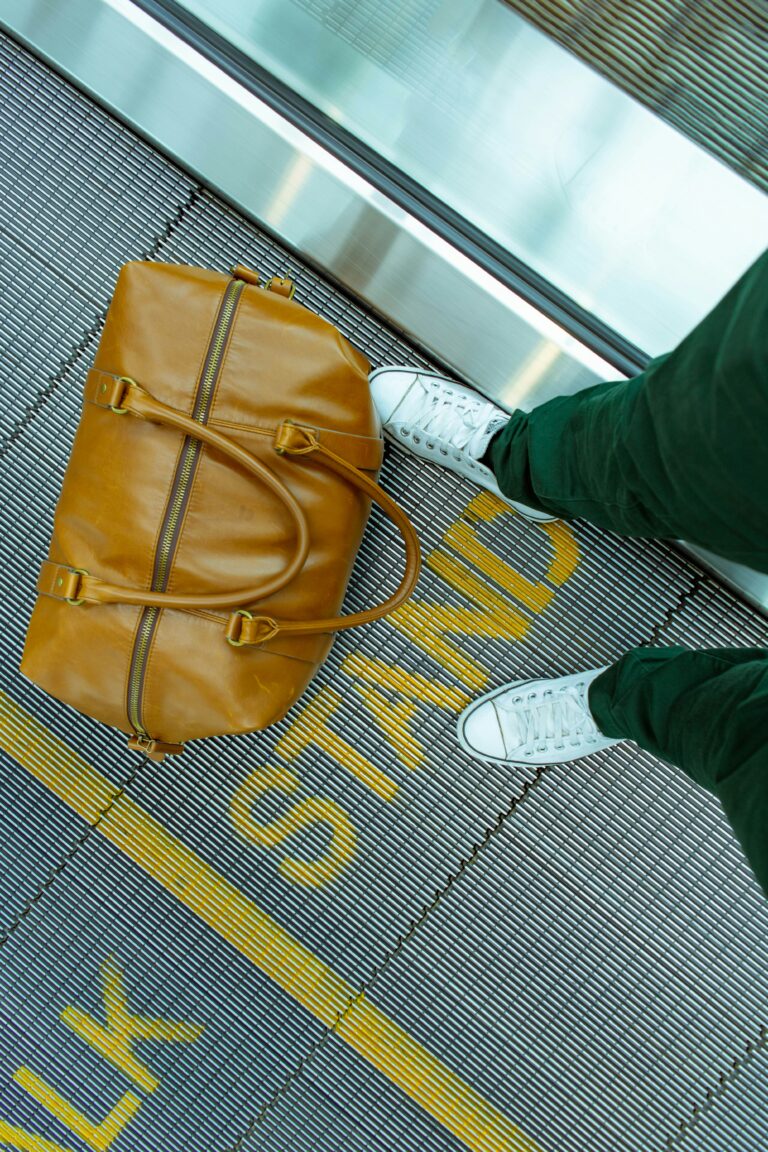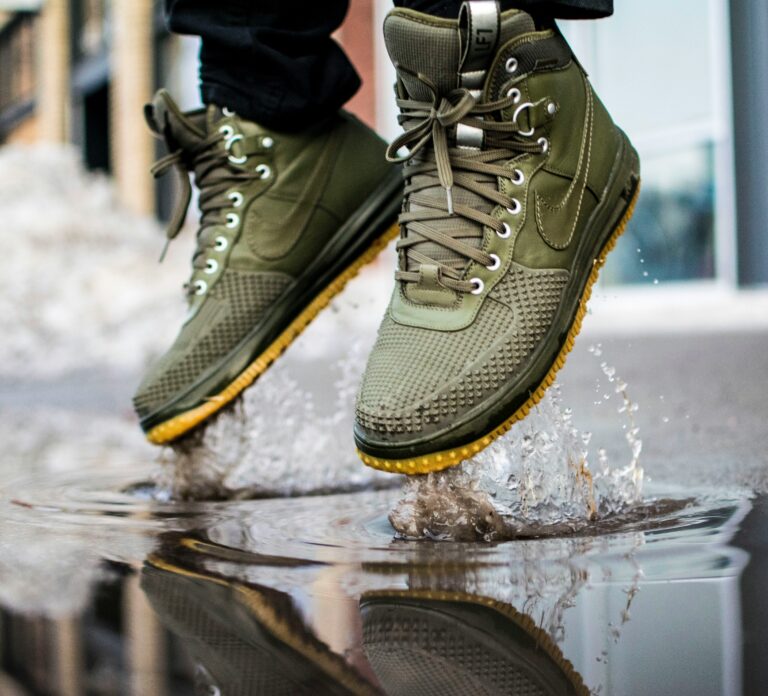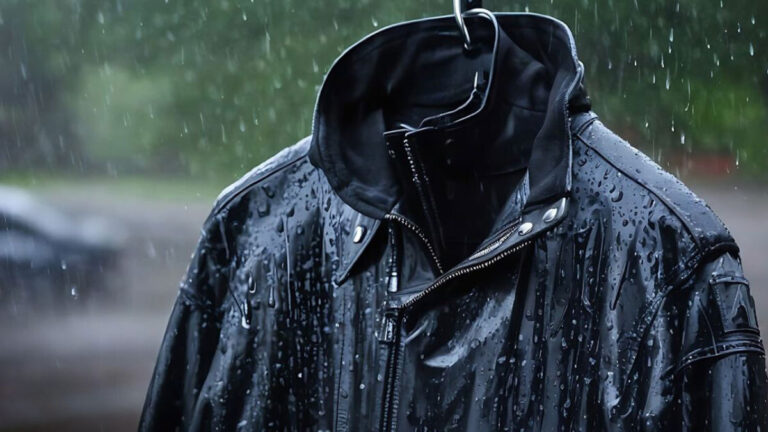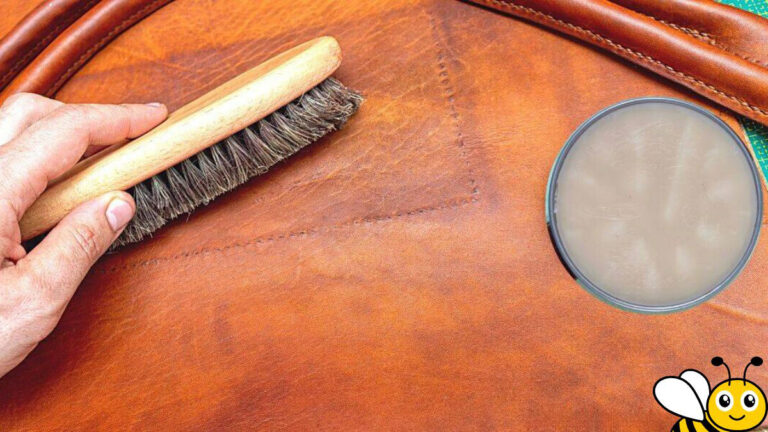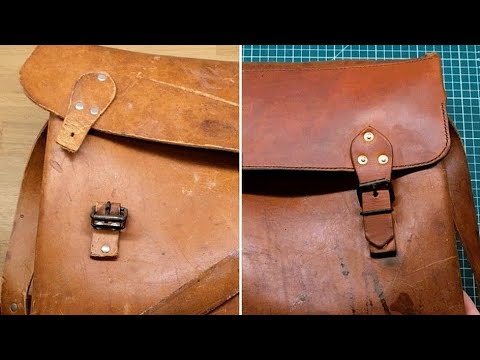Master the Art: Softening Hard Leather Shoes Made Simple
Understanding Leather Composition
To grasp the best methods for softening hard leather shoes, it’s crucial to understand the intrinsic properties of leather. Leather stiffness can largely be attributed to factors such as the tannage process and leather thickness.
Tannage Impact on Stiffness
The tannage of the leather plays a significant role in determining its stiffness. Tannage refers to the process of treating animal hides to produce leather. Different tanning processes impart various properties to the leather, including flexibility and strength.
Bridle and Latigo Leather: These varieties are treated with waxes, oils, and tallows during the tanning process, resulting in a softer and more pliable texture (Leather Worker).
Stoned Oil-Tanned Leather: Soft due to the presence of oils that permeate the fibers, allowing it to remain flexible and comfortable (Leather Worker).
Vegetable-Tanned Leather: This type of leather is soaked in tannins derived from natural sources like tree bark and fruits, resulting in breathable, soft, and durable leather (Vintage Leather).
| Tannage Type | Characteristics |
|---|---|
| Bridle and Latigo | Softened with waxes, oils, and tallows |
| Stoned Oil-Tanned | Permeated with oils for flexibility |
| Vegetable-Tanned | Soft, breathable, treated with natural tannins |
Leather Thickness and Stiffness
Leather thickness might seem like a determinant of stiffness, but it’s not the primary factor. Instead, the tannage process significantly influences the leather’s flexibility, independent of its thickness.
- 4 oz Leather: Can vary from being as soft as a wet washcloth to as rigid as a board, depending on the tanning technique used.
Tanners often tailor the leather’s properties to its intended use, ensuring the right balance between durability and flexibility. This customization makes understanding the types of leather and their treatment essential for managing their stiffness.
By getting a deeper grasp of the composition and characteristics of leather, you can better manage and soften hard leather shoes. Read more in our guide on how to soften hard leather. For those interested in specific types of leather, our articles on how to soften hard leather boots and how to soften hard leather jacket might be insightful.
Types of Leather and Softness
When it comes to softening hard leather shoes, understanding the different types of leather available and their properties is essential. There are three primary types of leather commonly used: vegetable-tanned, chrome-tanned, and oil-tanned. Each type has distinct characteristics that affect its softness, durability, and ideal use.
Vegetable-Tanned Leather
Vegetable-tanned leather is created by soaking hides in natural tannins extracted from tree bark, fruits, and seeds (Vintage Leather). This process results in a type of leather that is not only breathable and durable but also soft and flexible. Vegetable-tanned leather is commonly used for making luggage, belts, shoes, and upholstery. The natural tannins provide a rich and warm patina over time, enhancing the leather’s aesthetic appeal.
| Key Features | Vegetable-Tanned Leather |
|---|---|
| Tanning Process | Natural Tannins (Tree Bark, Fruits, Seeds) |
| Durability | High |
| Common Uses | Luggage, Belts, Shoes, Upholstery |
| Softness | Soft and Flexible |
To maintain the softness and flexibility of vegetable-tanned leather, regularly apply a leather conditioner and ensure it stays hydrated.
Chrome-Tanned Leather
Chrome-tanned leather is treated with chromium sulfate, which gives it a distinctive shiny finish and makes it stiff and water-resistant (Vintage Leather). This type of leather is ideal for items exposed to moisture, such as shoes and handbags. Although chrome-tanned leather is initially stiffer than vegetable-tanned leather, it can still be softened with proper care and maintenance.
| Key Features | Chrome-Tanned Leather |
|---|---|
| Tanning Process | Chromium Sulfate |
| Durability | High |
| Common Uses | Shoes, Handbags |
| Softness | Initially Stiff, Can be Softened |
To soften chrome-tanned leather, use a leather conditioner specifically designed for such leather and follow appropriate softening techniques.
Oil-Tanned Leather
Oil-tanned leather is treated with oils to make it exceptionally soft and pliable. This type of leather is perfect for items that require flexibility and comfort, such as purses, belts, and wallets (Vintage Leather). The oil treatment also makes the leather more resistant to water and stains, adding to its practicality.
| Key Features | Oil-Tanned Leather |
|---|---|
| Tanning Process | Oil Treatment |
| Durability | Moderate |
| Common Uses | Purses, Belts, Wallets |
| Softness | Extremely Soft and Pliable |
To keep oil-tanned leather in good condition, regularly apply oil-based conditioners to retain its softness and prevent drying out.
Understanding these types of leather can help you choose the best method to soften your hard leather shoes. For more detailed techniques and tips, refer to our related articles on how to soften hard leather shoes and maintaining softened leather.
Techniques to Soften Leather Shoes
Breaking in Leather Boots
Breaking in leather boots is a process that helps the leather become more pliable and conform to the shape of your feet. One effective method involves applying a solution of rubbing alcohol and water to the new boots in moderation. After application, clean the boots with a wet cloth and dry them using a hairdryer. This technique helps to soften the leather fibers, making them more flexible.
Using Leather Conditioners
Leather conditioners are essential for maintaining the softness and flexibility of your leather shoes. These conditioners are formulated with oils that help to moisturize the leather, preventing it from becoming stiff and brittle. It is recommended to use a leather conditioner, either as a cream or spray, once a month to keep the leather supple.
A good leather conditioner is safe for the leather’s finish and longevity, ensuring that it remains strong and durable over time (Moonster Leather). Be careful not to over-condition the leather to avoid excessive stretching.
| Leather Conditioner | Key Ingredients | Frequency of Use |
|---|---|---|
| Leather Honey | Natural oils, beeswax | Monthly |
| Bickmore Bick 4 | Lanolin, mineral oil | Monthly |
| Lexol Conditioner | Synthetic oils | Monthly |
Enhancing Comfort with Liner Socks
Liner socks can significantly enhance the comfort of your leather shoes while you are in the process of breaking them in. These thin socks are worn underneath your regular socks, providing an extra layer of cushioning and reducing friction. They help to prevent blisters and make the initial stages of wearing new leather shoes more comfortable.
For more detailed techniques on how to soften hard leather, how to soften hard leather boots, or how to soften hard leather shoes, explore our related guides. Using these methods and products will ensure your leather shoes remain comfortable and stylish.
Methods for Softening Hard Leather
Transforming stiff leather into a more comfortable and flexible material can be achieved using various methods. Here, you will find effective ways to soften hard leather shoes, including using natural oils, water-based softening techniques, and Vaseline application.
Using Natural Oils
Natural oils such as mink oil, neatsfoot oil, jojoba oil, coconut oil, and olive oil are effective options for softening hardened leather items. Before applying the oil, expose the leather to sunlight for 10 to 15 minutes to open up the pores for better absorption. Apply multiple coats of oil evenly, ensuring full coverage, and leave the leather to absorb the oil and dry. This process can significantly improve the flexibility of your leather shoes.
| Natural Oil | Effectiveness | Application Time | Additional Benefits |
|---|---|---|---|
| Mink Oil | High | 10-15 mins in sunlight + absorption time | Adds waterproofing |
| Neatsfoot Oil | High | 10-15 mins in sunlight + absorption time | Deep conditioning |
| Jojoba Oil | Medium | 10-15 mins in sunlight + absorption time | Natural and non-toxic |
| Coconut Oil | Medium | 10-15 mins in sunlight + absorption time | Adds shine |
| Olive Oil | Medium | 10-15 mins in sunlight + absorption time | Easily Accessible |
Information sourced from Moonster Leather.
Water-Based Softening Techniques
Water can be an effective solution for softening hard leather without the need for chemicals or oils. To use water for this purpose, spray distilled water lightly onto the dry leather, ensuring all areas are evenly wet. Immediately dry any excess water with a clean cloth and let the leather air dry completely. Following the drying process, apply a leather conditioner to maintain the leather’s softness and prevent brittleness.
Vaseline Application
Vaseline can also be a simple and effective method to soften leather. Start by dabbing rubbing alcohol onto the leather surface to make it shine. Then, apply a light layer of Vaseline evenly over the entire surface of the leather. Allow the leather to absorb the alcohol and Vaseline overnight, resulting in noticeably softer leather by the next day.
| Method | Main Ingredient | Process | Time Required | Additional Tips |
|---|---|---|---|---|
| Natural Oils | Mink Oil, Neatsfoot Oil, Jojoba Oil, Coconut Oil, Olive Oil | Sunlight exposure + multiple coats of oil | 10-15 mins + absorption time | Apply multiple coats |
| Water-Based | Distilled Water | Spray evenly, air dry, apply conditioner | Drying time | Use a conditioner post-drying |
| Vaseline | Vaseline, Rubbing Alcohol | Dab alcohol, apply Vaseline, let sit overnight | Overnight | Ensure even application |
These methods are designed to make your leather shoes more comfortable and enhance their longevity. It’s important to maintain and protect your leather items to avoid crack and peeling issues, which you can read more about in our article on why does leather crack and peel. For more detailed guidance on softening specific types of leather items, visit our related articles on how to soften hard leather boots and how to soften hard leather jacket.
Maintaining Softened Leather
Once you’ve successfully softened your hard leather shoes, it’s essential to maintain them in this pliable state. Proper care ensures the longevity of your leather footwear.
Hydration and Preventing Dryness
Leather can lose its natural oils, leading to cracks and a weathered appearance if not properly hydrated. To keep your leather shoes soft:
- Regular Conditioning: Use a suitable leather conditioner to restore moisture balance. Apply the conditioner with a clean cloth in gentle circular motions. Once dry, wipe off excess conditioner with a lint-free cloth.
- Hydration Schedule: Repeat the hydration process regularly to keep the leather supple.
| Leather Care Routine | Frequency |
|---|---|
| Conditioning | Monthly |
| Wiping with Dry Cloth | Weekly |
For more tips on maintaining leather, visit our guide on how to soften hard leather.
Protecting Leather from Sunlight
Direct sunlight can cause the dye to fade, making leather items look lackluster. Keep your leather shoes away from direct sunlight when not in use. If the leather has already been damaged by the sun:
- Apply Matching Dye: Use a clean cloth and apply the dye in gentle circular motions to restore the vibrant allure of the leather.
- Store Properly: Store your shoes in a cool, dark place to prevent further sun damage.
Proper Cleaning and Maintenance
Neglecting regular cleaning can lead to an accumulation of dirt and grime, accelerating wear and tear. Follow these steps:
- Routine Cleaning:
- Wipe the leather surface with a dry cloth weekly.
- Use a leather cleaner with a clean cloth in circular motions to remove any buildup (Overlook Boots).
- Remove excess moisture with a dry cloth.
- Maintenance Tips:
- Avoid exposing leather to high moisture environments.
- Regularly use a soft brush to remove surface dust.
For detailed instructions, see our article on how to wash leather shoes.
By incorporating these practices into your routine, you’ll not only maintain the softness of your leather shoes but also ensure they remain in excellent condition for years to come.
Stretching Leather Shoes
Importance of Shoe Trees
Using shoe trees is a key technique for stretching leather shoes. They help to gently widen the shoes without causing any damage to the leather. Shoe trees can be inserted into your shoes and left in place for several days. This method is effective in stretching both the length and width of the shoes. An alternative method is to fill your leather shoes with newspaper. This method also helps in maintaining the shape of your shoes when not in use.
| Method | Time Required | Effectiveness |
|---|---|---|
| Shoe Trees | Several days | High |
| Newspaper | After each use | Moderate |
Figures courtesy Melvin & Hamilton
Explore more on how to soften hard leather.
Moisturizing Cream Application
Moisturizing cream is essential for softening leather shoes from the inside. Applying a good moisturising cream, such as Nivea, directly to your feet and then wearing the leather shoes without socks can help soften the leather. This method not only softens the leather but also removes old layers of shoe polish, ensuring that your shoes remain in top condition.
| Product | Application Frequency | Benefits |
|---|---|---|
| Moisturizing Cream | Once a week | Softens leather, removes old polish |
Learn more about how to get scratches out of leather shoes for optimal maintenance.
Wearing Shoes to Break Them In
Breaking in new leather shoes by wearing them is one of the simplest and most effective methods. Start by wearing thick socks at home to help the shoes adapt to the shape of your foot. Gradually increase wear time and progress to wearing the shoes outside for short trips. This process can help in making the shoes more comfortable over time.
| Method | Steps | Duration |
|---|---|---|
| Wear with Thick Socks | Wear at home | Few hours each day |
| Short Outdoor Trips | Brief outings | Gradually increase |
For more tips, refer to our article on how to get wrinkles out of leather to keep your shoes looking pristine.
By incorporating these techniques, you can effectively stretch and soften your leather shoes, ensuring a comfortable fit and prolonged wear. For additional insights, you can explore various leather care topics, such as how to soften hard leather boots and how to soften hard leather jacket.


